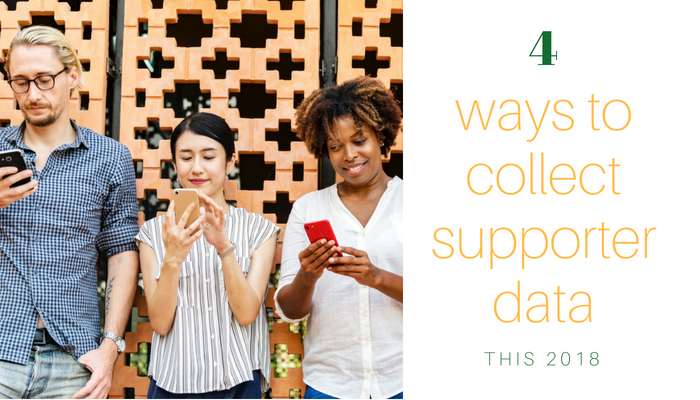Data is the lifeblood of the modern political campaign. You need it to maximize volunteer time, to best use limited financial resources, and to encourage wavering voters to support your candidate or cause. Data collection will be key to your campaign.
However, data collection must be done with a strategy in mind and the tactics to execute it. Done without a strategy, you may neglect to obtain important information (and instead, get useless data). Done without the proper tools to obtain information, you won’t have the time or ability to get the data you need.
So, what is the right data? If you have voter lists, you should know basic information like address, party affiliation, gender, and possibly voter history. What it doesn’t tell you is also important. If a name is not listed, then that person is likely not a registered voter. This will be important if your plan to incorporate voter registration into your campaign. Other information you will want should include the following:
- Their top issues
- Feelings about the incumbent (or if an issue, the current state of affairs)
- Are they planning to vote in the upcoming election?
- Are they willing to volunteer or donate to the campaign?
Here are 4 ways to collect this data:
1. Phone banking
In the early stages of a campaign, when you’re looking to obtain data, phone banking is invaluable. Before other campaigns start looking for attention, you can reach voters when they are more receptive to answering questions. CallHub has the tools that allow you to capture information, target your volunteers to reach who you wish to speak, and create surveys that convert responses into analytics. This information is crucial as you look to fine-tune your message and respond to current events.
2. House parties
A fun way to get data is at a party; specifically one for your candidate or cause. Have one of your supporters invite as many people to a house, apartment, or community area to meet your candidate. As they enter the event, have them check in so you capture basic information about the attendees. During the event, have the volunteers offer to introduce them to the candidate, which also gives the volunteers an excuse to ask more questions. After the event, have the candidate send a signed thank-you note, along with asking if they want for additional information as well as ways they can contribute. Again, all this information goes into CallHub for later use by the campaign.
3. Peer-to-peer texting
A new tool for campaigns is peer-to-peer texting, which allows for one-on-one texts from the candidate or volunteers to those in your voter list. What’s great about this tactic is response rates are much higher and it allows you to hyper-personalize your message. A great use for this is to ask whether the person plans to vote, with the opportunity for your campaign to also reach out to them on Election Day.
4. Rallies or events
Organizing a local event is a great way of bringing people together and identifying new supporters. Promote a fundraiser or a ‘meet the candidate’ event. At the event, use CallHub’s text data collection to gather info about the attendees. How does it work? Ask attendees to text into a number ( leave the number on each table ). Setup CallHub to then ask questions via text and store all the responses to the new contact created!


